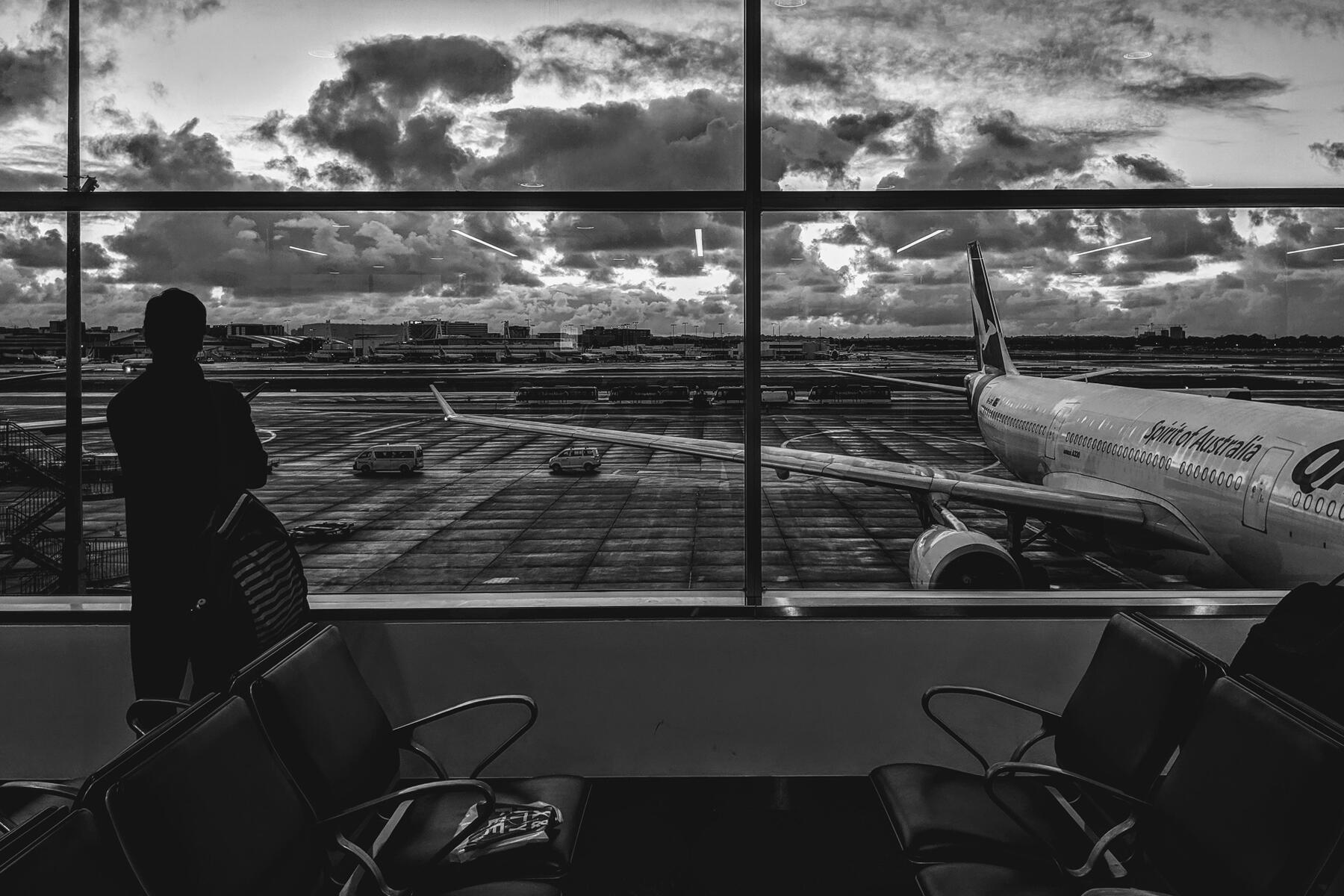Europe is hit by the fourth wave.
Early in November, Europe reported almost two million cases in a week—the most in a single week since the pandemic began—and almost half of all global COVID-19 deaths. The World Health Organization said that the region is the epicenter of the pandemic despite vaccines being widely available. European countries have leveled up to the CDC’s Level 4 “Avoid Travel” advisory in the past few weeks—Bulgaria, Croatia, Norway, Austria, the Netherlands, Belgium, Luxembourg, Hungary, Iceland, and the Czech Republic are all high-risk nations currently.
The resurgence has caused many countries to bring back measures to control the virus. Belgium, which eased some restrictions a few weeks ago, mandated masks, extended the use of their health pass, and encouraged work from home. The country is deciding on more measures as cases continue to rise and hospitalization increases 30% on a weekly basis.
The Netherlands, which has a 64.8% vaccination rate, has imposed partial lockdowns for three weeks after an uptick in cases. The country now limits hours for bars and restaurants, spectators are banned from sporting events, and household guests are down to four. The Dutch country is reporting 19,000+ new COVID-19 cases per day. However, the rules aren’t winning the government popularity contests—hundreds of people protested in Leeuwarden on Saturday night and set off fireworks in the central square to express their displeasure with the newly-imposed measures. Riot police stepped in to control the situation and 15 were arrested.
Recommended Fodor’s Video
Things are also looking grim in other parts of Europe. Bulgaria and Romania have the lowest vaccination rates. Hospitals are overwhelmed due to spikes in cases and both countries are witnessing record deaths.
Tough Rules for Unvaccinated
European countries are implementing stricter measures on those who are resisting their jabs. It’s meant to bridge the gap between the inoculated and the unvaccinated, and control the spread of the virus as well as decelerate hospitalization and deaths.
Austria has one of the highest infection rates in the region. It has introduced lockdowns for two million unvaccinated people who can only leave their homes for work, grocery shopping, or getting their jabs. No restaurants, bars, socializing, or haircuts are allowed. Police are mandated to check digital vaccine certificates and issue fines between $572 and $1,647 to anyone who violates the lockdown or resist checks. People who have recovered and children under 12 are exempted.
Meanwhile, Germany witnessed a record number of more than 50,000 daily new cases on November 11. The seven-day average is 39,000 cases, and only 68% of its population is vaccinated. The country is proposing stricter measures, such as those in Austria, to handle the “pandemic of the unvaccinated.” It’s possible that people using buses or trains may be asked to provide proof of vaccination or recovery, or a negative test result.
The Czech Republic is also discussing Austria-like measures to stop the upward trajectory of cases and hospitalization.
With a sluggish vaccination rate of just 58% and increasing caseload, Latvia was the first European country to reintroduce lockdowns on October 21. Night curfews came into effect, as schools and non-essential shops closed and public gatherings were banned. Now that the lockdown has ended, it is toughening rules for unvaccinated people. It has allowed companies to dismiss employees if they refuse to get vaccinated. The MPs who have not been vaccinated cannot participate in parliamentary votes or debates, and they will have their pay docked if they don’t provide proof of vaccination or recovery.




Please note the complete lack of the case/fatality rates, or even raw death numbers.